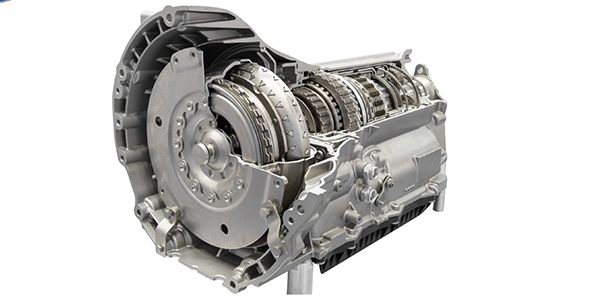CC:
Routine oil and filter replacement is critical to ensuring maximum service life for any vehicle. Cartridge style oil filters can be found in a number of modern applications. Their unique construction offers certain advantages over spin on filters, and they also present a few unique challenges.
Let’s look at their advantages first. In most cases, a cartridge filter will be mounted in an upright position. If this is the case, then the filter can usually be opened and inspected without draining the engine oil. This gives you an easy way to check for contamination, debris, or other engine oil concerns. They’re also more environmentally friendly thanks to their ease of recycling and or disposal when compared to spin on filters.
Here are a few tips and tricks for working with cartridge filters. Always use the proper tools. Cartridge filters will typically require the use of specific tools or large sockets to remove the filter housing cap. You should never use a spin on filter wrench or other tools which aren’t designed for use on a cartridge filter cap. These caps are usually made of plastic and can become brittle after years of heat cycling under the hood. It’s best practice to acquire and use the proper tools when servicing this style of filter. Doing so will avoid costly and messy customer comebacks. If the cartridge filter comes with new O-rings, take the time to replace them during every service. This ensures that the O-rings are able to seal properly and the filter housing will be easy to remove for the next service.
Let’s look at an example. The customer brought in their 1999 Mercedes-Benz E 320 for an oil change. The customer had attempted to change the oil themselves, but they were not able to get the oil filter housing cap to come loose. The technician noted that the filter cap wasn’t fully seated, and it appeared to have been leaking for quite some time. While trying to remove the filter cap, they found that it was extremely tight and difficult to turn, even with the proper tools. What they found may surprise you. The O-rings had been doubled up. This prevented the cap from fully seating, caused oil to leak down the front of the engine, and it made it extremely difficult to remove the cap due to the added friction.
So, what’s the takeaway? Always be thorough. Don’t skip over important steps, such as replacing the O-rings during service, and pay close attention for any warning signs of potential issues. If a cartridge filter is difficult to install, stop to ask yourself why. Now, what happened to our customer? With the Mercedes? The technician was able to remove the filter housing cap, replace the O-rings, and complete the oil change, and all was well.
I’m Brian Sexton. Thanks for watching.
This video is sponsored by FRAM













